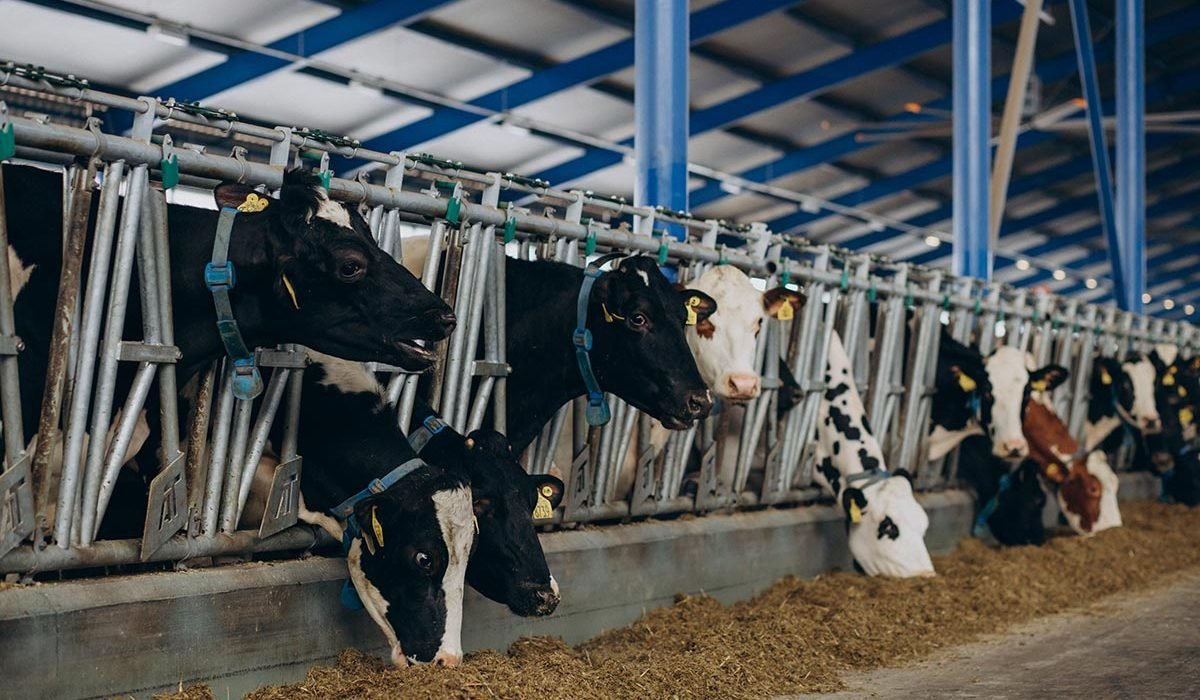Australia’s dairy industry grapples with global challenges, including decreased demand from China and rising costs. However, strong farm gate milk prices provide a silver lining. While global regions such as New Zealand, the US, and Europe show stabilized dairy production, Australia foresees growth. Despite retail dairy prices outpacing other food items, increased farm input costs and potential weather adversities might pose challenges.
Recent findings indicate a decline in export prices stemming from a reduced global demand for dairy, with China notably consuming less. Coupled with global cost of living pressures, this has led to a worldwide decrease in import volumes.
However, there’s positive news for Australian dairy farmers. They are benefiting from robust farm gate milk prices this season, contrasting to the global trend. Such competitive pricing emerged after declaring minimum milk prices in early June, intensifying competition among processors.
The past year saw a 5% reduction in milk production, influenced by unfavourable weather conditions, floods, labour shortages, and increasing farm closures. However, the tail end of the season showed promising growth, a trend expected to continue as we move further into spring and recover from previous weather-induced setbacks.
Eliza Redfern from Dairy Australia sheds light on this situation, stating, “The resilience of Australian farm gate milk prices stands out in the global scene.” She contrasts this with New Zealand’s fast-declining milk prices, which lag behind Australia. Furthermore, Australia faces stiff competition from Northern Hemisphere nations and New Zealand in domestic and international markets, making it challenging for local manufacturers.
While regions like New Zealand, the US, and Europe showcased dairy production growth earlier this year, they are now plateauing. This can be attributed to fluctuating weather patterns, reduced cattle populations, and shrinking profit margins.
However, dairy continues to thrive in retail, registering impressive value growth for Australian retailers. Despite challenges, dairy retail prices are outpacing other food categories, ensuring that the revenue from dairy sales compensates for decreased volume. Regarding retail market value growth, fresh milk, cheese, and yoghurt hold the third, fourth, and ninth spots, respectively.
Another concern is the escalating farm input costs seen after a brief respite in early 2023. The conflict in Ukraine has affected the global market for fertilisers and grains, leading to repercussions for Australia. Although global fertiliser prices are softened, Australian distributors face mounting demand, highlighted by reports of urea rationing. Challenges like the potential El Niño phenomenon may strain the feed supply further. While there’s hope in larger cropping areas supporting overall yields, only modest feed price reductions are projected.
For an in-depth look at these developments, check out the latest Situation and Outlook Report at dairyaustralia.com.au/sando.







